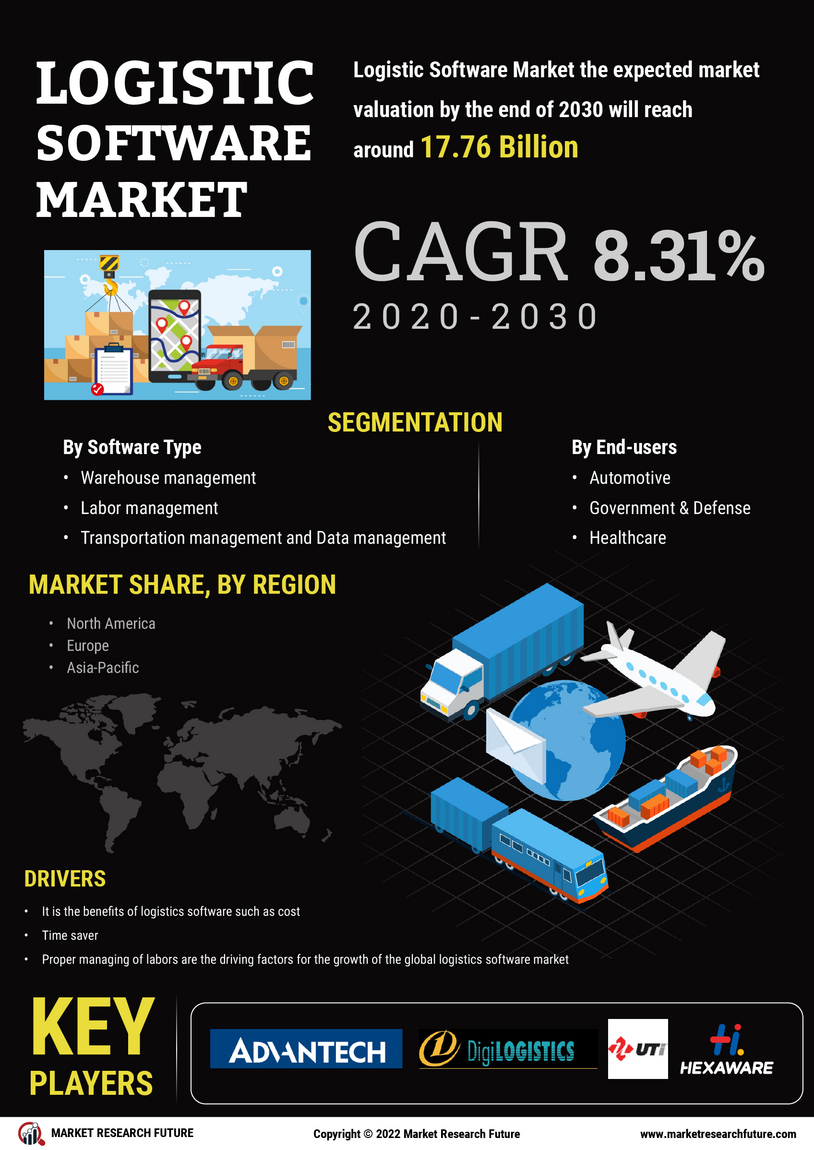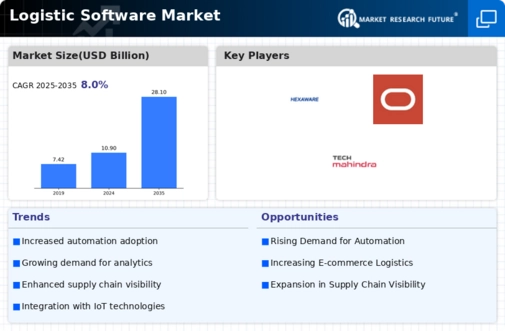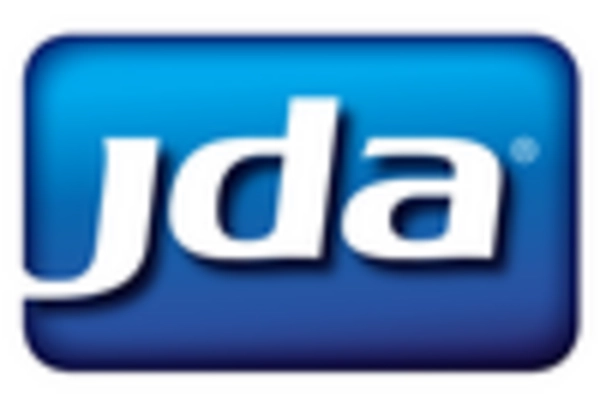Leading market players are investing heavily in research and development in order to expand their product lines, which will help the Logistic Software market, grow even more. Market participants are also undertaking a variety of strategic activities to expand their footprint, with important market developments including new product launches, contractual agreements, mergers and acquisitions, higher investments, and collaboration with other organizations. To expand and survive in a more competitive and rising market climate, Logistic Software industry must offer cost-effective items.
Manufacturing locally to minimize operational costs is one of the key business tactics used by manufacturers in the Logistic Software industry to benefit clients and increase the market sector. In recent years, the Logistic Software industry has offered some of the most significant advantages to medicine. Major players in the Logistic Software market, including Advantech Corporation, Digilogistics, UTI Worldwide Inc., Hexaware Technologies, IBM Corporation, JDA Software, Oracle, Samsung Electronics Co, SAP AG, and Tech Mahindra, are attempting to increase market demand by investing in research and development operations.
Enterprise software and services are offered by Infor Inc (Infor). A variety of corporate business software products and solutions are available from the company, including cloud suite, supply chain management, human resource management, enterprise asset management, and customer relationship management. Additional services include advising, deployment, managed, and client support. Education services like transformation and training services are among Infor's other offerings. It benefits the automotive, chemical, distribution, fashion, financial services, food and beverage, manufacturing, and healthcare industries in addition to aerospace and defence. Asia-Pacific, Europe, and the Americas are the company's operating regions.
The US city of New York City serves as the headquarters of Infor. To develop a supply chain solution, Infor Inc. teamed up with DB Schenker, a supplier of supply chain management and logistics solutions, in February 2022.
A transport management system created by MercuryGate International is intended to leverage the speed of automation and the strength of data. The business provides all-inclusive logistics solutions that specifically target all customer groups, including shippers, third-party logistics providers (3PLs), freight forwarders, freight brokers, and carriers. As a result, shipping and inventory costs are reduced, order-to-delivery cycle times are sped up, and the automated movement of goods throughout the supply chain is made possible. MercuryGate International, Inc. improved its TMS solution in February 2022 by incorporating smart transportation capabilities like integrated analytics, artificial intelligence, and machine learning.

















Leave a Comment